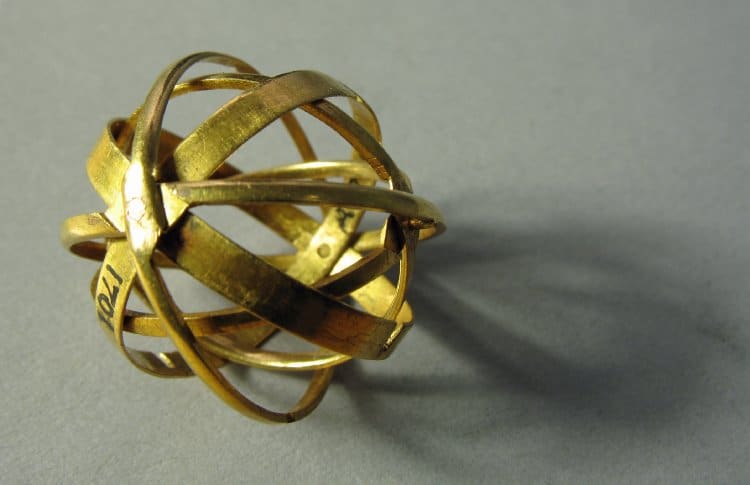Led by celebrity host Tom Hanks, the Biden inauguration’s entertainers, A‑listers all, were safe bets, reliable stadium-fillers with instant mass appeal. They “did exactly what we needed them to do,” remarked Stephanie Zacharek at TIME, offering the reassurance that “we no longer need to live in dread.” They were “singers you actually know,” Alexis Petridis wrote at The Guardian. The comment was a dig at the previous administration’s C and D‑list lineup, and also, perhaps, an admission that what Americans most crave is the familiar, which, of course, means, first and foremost, a national focus on celebrities we all know and love.
For a moment, however, this repetition of comforting household names was punctuated by an entirely new young face and voice—that of a poet, no less, a standard bearer of the form that has held the nation’s rapt attention in the work of Whitman, Frost, Hughes, and Angelou.
Amanda Gorman, chosen as the first National Youth Poet Laureate in 2017, channeled a tradition of American lyric writing about America in her inauguration poem, and she brought to it her own experiences as a Gen Z black feminist and activist who overcame a speech impediment to address the country at one of the most significant televised public events in recent history.
Gorman’s resume is a testament to her generation’s commitment to art and activism in the face of compounding crises, and to her personal commitment to change in a country that promises little for young black artists in particular. Named youth poet laureate of Los Angeles in 2014 at age 16, she published her first book of poetry, The One for Whom Food is Not Enough, the following year. She then went on to found a nonprofit writing and leadership program, open the literary season for the Library of Congress in 2017, and graduate cum laude from Harvard College with a degree in sociology in 2020.
While charting her own literary path, Gorman learned to use her voice as “a political choice,” as she says in her TED-Ed student talk above, in which she confidently asks a small audience of her peers, “whose shoulders do you stand on?” and “what do you stand for?” These are the questions she asks students in workshops, she says, to shake them out of the idea that poetry is for “dead white men who were just born to be old.” Then she shares her own answers. Gorman’s public appearances tend to focus on process as much as on politics and prosody. In a talk on “Presentation and Reading” at the Academy of Arts & Sciences in Cambridge below, she reads a poem, then has a brief discussion of “how it came to be.”
Gorman is as skilled a storyteller as she is a poet and educator. In her 2017 Moth GrandSLAM appearance in Boston, further up, she tells the story of trying to catch her big break auditioning for Broadway, an aspiration shaped by her childhood love of The Lion King. Her inaugural poem, she tells PBS, was written to “be accessible to anyone who might be watching, that they can feel that they are represented and well-established in this poem,” an act of writing she calls “a really difficult dance to do.” The effort did not blunt the poem’s most incisive lines, however, including its reference to “the belly of the beast,” in which “we’ve learned that quiet isn’t always peace.”
For Gorman, speaking out is a personal imperative she honed as “a form of a pathology,” overcoming her speech issues “by embarking on spoken word over and over and over again and reciting my poems. No matter how terrified I was, because I had the support of others, I was able to kind of slowly climb my way to the place I am at today.”
For millions of young people who watched the inauguration, it will be Gorman’s story of perseverance, community, personal growth, and refusal to be passive and silent in the face of social injustice that will most resonate, perhaps for the rest of their lives, amidst celebrations of a longed-for return to the familiar. See Gorman read more of her poetry above and below, including a poem for another inauguration, that of Harvard President Lawrence S. Bacow, in 2018.
Related Content:
Animated Poetry by US Poet Laureate
Josh Jones is a writer and musician based in Durham, NC. Follow him at @jdmagness







